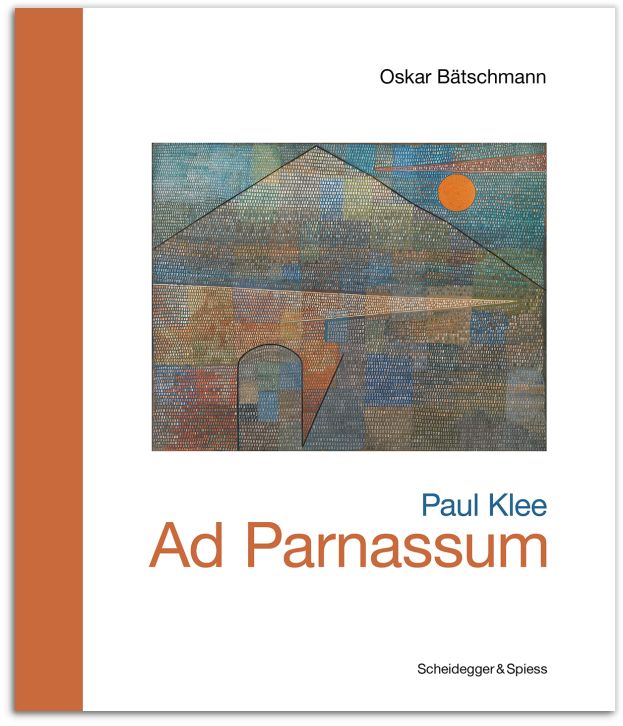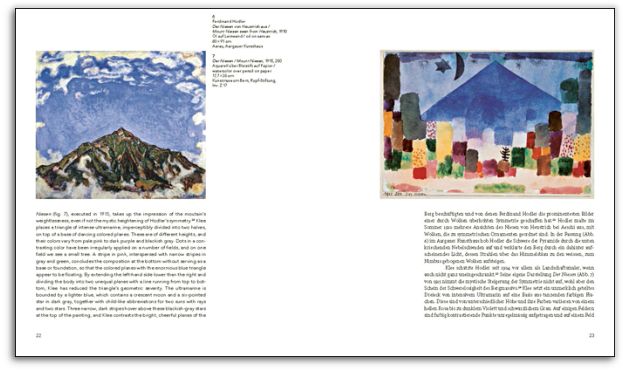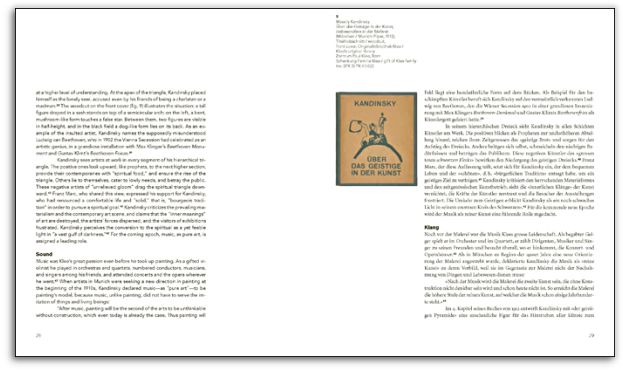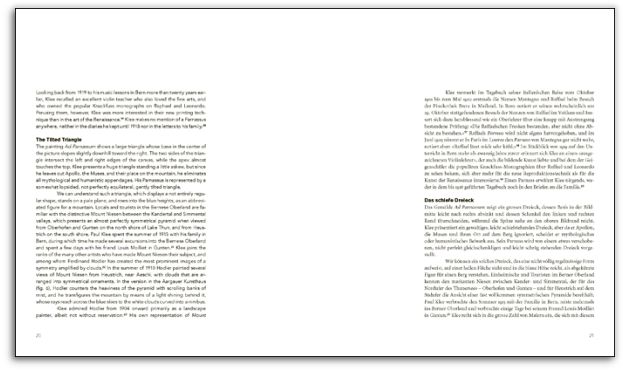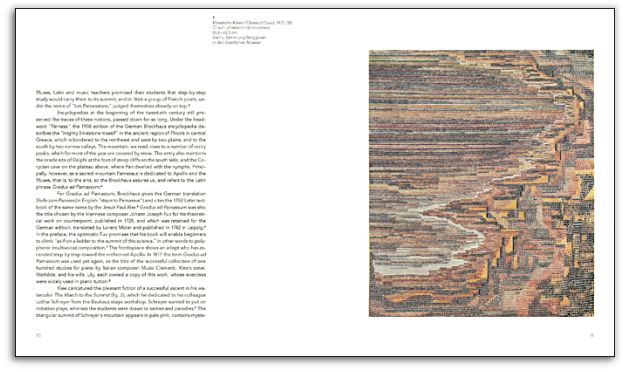Paul Klee—Ad Parnassum
Landmarks of Swiss Art
Paul Klee’s studies on polyphonic painting: the beginning of a new period
GVA Gemeinsame Verlagsauslieferung Göttingen
GmbH & Co. KG
P.O. Box 2021
37010 Göttingen
Germany
+49 551 384 200 0
info@gva-verlage.de
In the 1920s, German-Swiss artist Paul Klee (1879–1940) began his long-lasting engagement with polyphonic art—multi-voiced way of painting analogous to musicA relentless experimenter, Klee began these studies while teaching at the Bauhaus in Dessau, developed them further during his tenure at the art academy in Düsseldorf, and brought them to conclusion after his return to Switzerland in 1933. In this book, distinguished art historian Oskar Bätschmann explores Klee’s seminal painting Ad Parnassum (1932). Painted shortly after the artist’s departure from the Bauhaus, it symbolizes a new era, also one of Klee’s own self-discovery. Bätschmann documents how the artist strove for a connection of music and painting in his color hues and in the rhythmic movement of colored dots.
Richly illustrated, this book places Klee’s polyphonic understanding of art in an art-historical context by using this key work and offers insight into the synesthetic thinking that emerged in the art world during that time.

